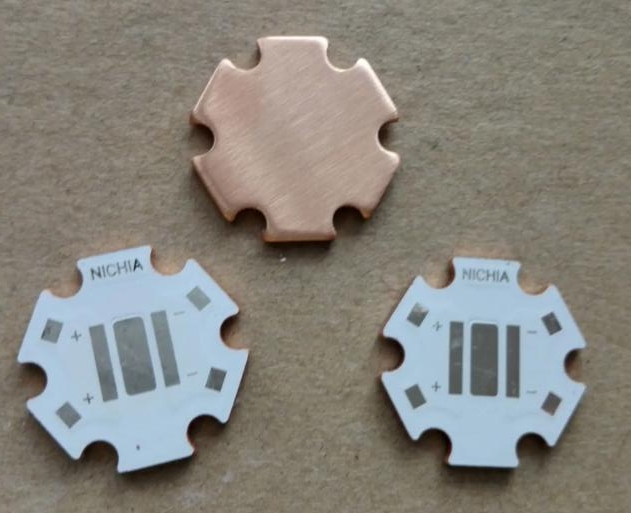The development of Metal Core Printed Circuit Boards (MCPCBs) has been driven by the need for efficient thermal management, high-performance, and reliability in electronic systems. MCPCBs, also known as Metal Core PCBs or Thermal PCBs, have gained popularity in various industries due to their excellent thermal conductivity and electrical insulation properties. Here’s an overview of the development of MCPCBs:
Early Stage:
- The concept of MCPCBs emerged as a solution to thermal issues in electronic devices. Traditional FR-4 PCBs couldn’t effectively dissipate heat generated by power components like LEDs, transistors, and microprocessors.
Materials Development:
- The primary development focused on the selection and improvement of materials. Metal core materials, such as aluminum and copper, were chosen for their high thermal conductivity. Aluminum-based MCPCBs became particularly popular.
Insulation Layer:
- A thermally insulating layer, typically composed of a prepreg material, is used to electrically isolate the conductive metal core from the circuitry. This insulation layer prevents electrical shorts while allowing heat to be efficiently transferred to the metal core.
Surface Finishes:
- The development of surface finishes that improve solderability and component adhesion on MCPCBs. Surface finishes such as ENIG (Electroless Nickel Immersion Gold) and HASL (Hot Air Solder Leveling) are used on the circuit layer.
Circuit Layer:
- The top layer of the MCPCB is where the circuit traces are etched. It is typically composed of a copper layer bonded to the insulation layer using an adhesive.
Manufacturing Techniques:
- The development of manufacturing techniques that enable the bonding of metal cores to insulating layers while maintaining a uniform and thermally efficient interface.
Variety of Metal Cores:
- Over time, the range of available metal core materials expanded. Copper-based MCPCBs are often used when higher thermal conductivity is required, while aluminum is favored for its cost-effectiveness.
Applications:
- MCPCBs found applications in a wide range of industries, including LED lighting, power electronics, automotive, aerospace, and telecommunications. They are especially popular in LED lighting due to their ability to dissipate heat efficiently, extending LED lifespans.
Advanced MCPCBs:
- Advanced MCPCBs may feature multiple layers, advanced insulation materials, and specialized designs for even better thermal performance. Some MCPCBs incorporate heat sinks, and others use thermal vias for improved thermal dissipation.
Standardization:
- Standardization and industry guidelines for MCPCB design and PCB manufacturing processes have been established to ensure consistency and quality.
Ongoing Innovation:
- Ongoing research and development in MCPCB technology focus on improving thermal performance, increasing power density, and addressing specific industry needs.
Metal Core Printed Circuit Boards have significantly advanced the reliability and performance of electronic systems in various applications where efficient thermal management is essential. As technology evolves and demands for heat dissipation increase, MCPCB development will continue to play a crucial role in ensuring the longevity and efficiency of electronic devices and systems.

